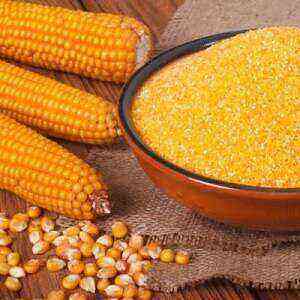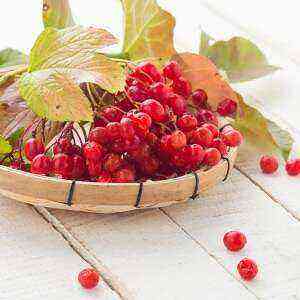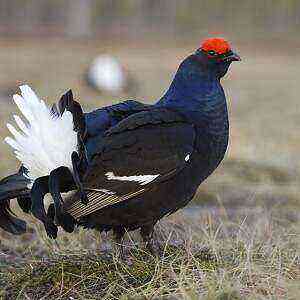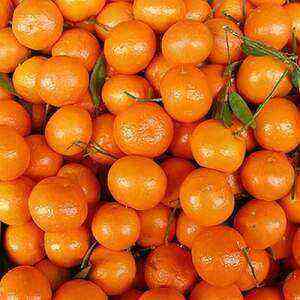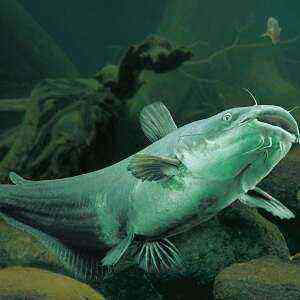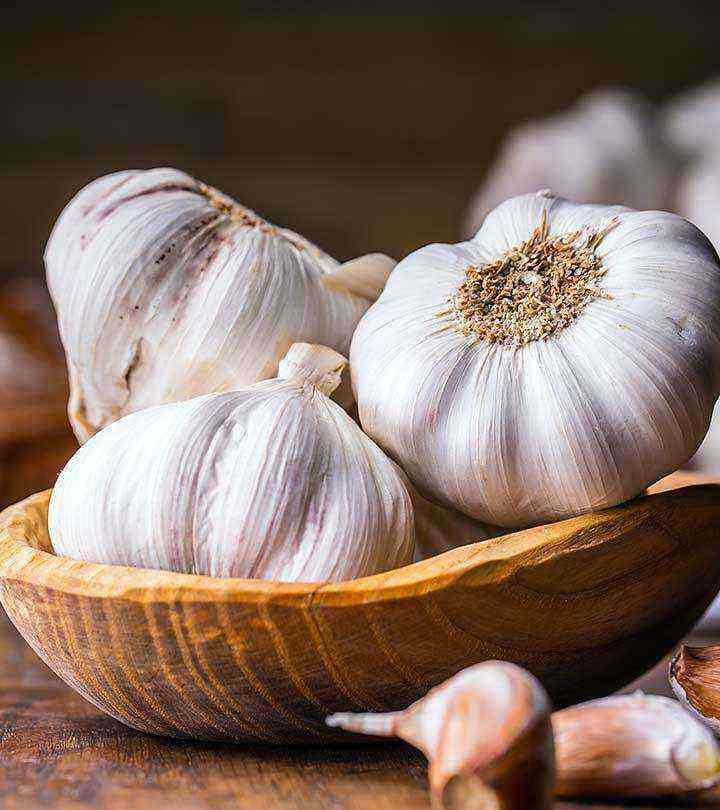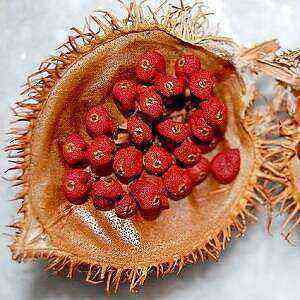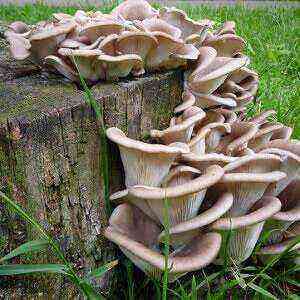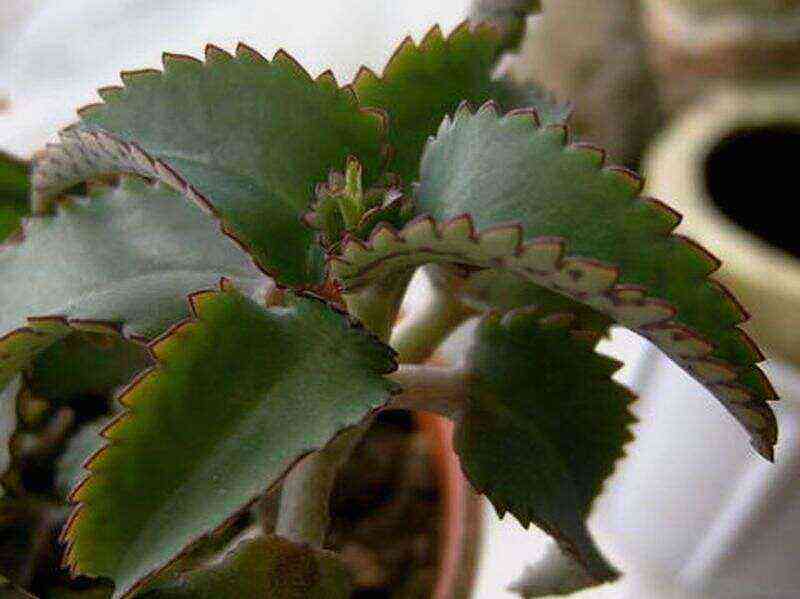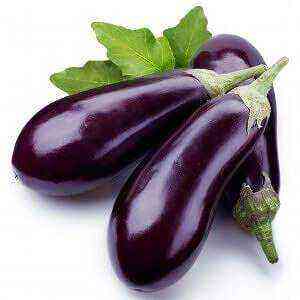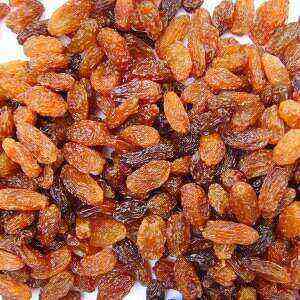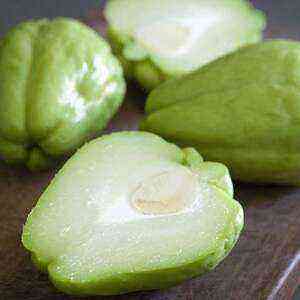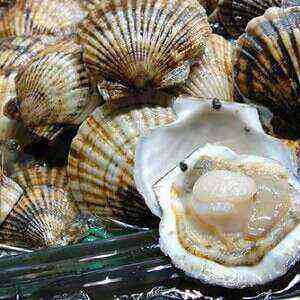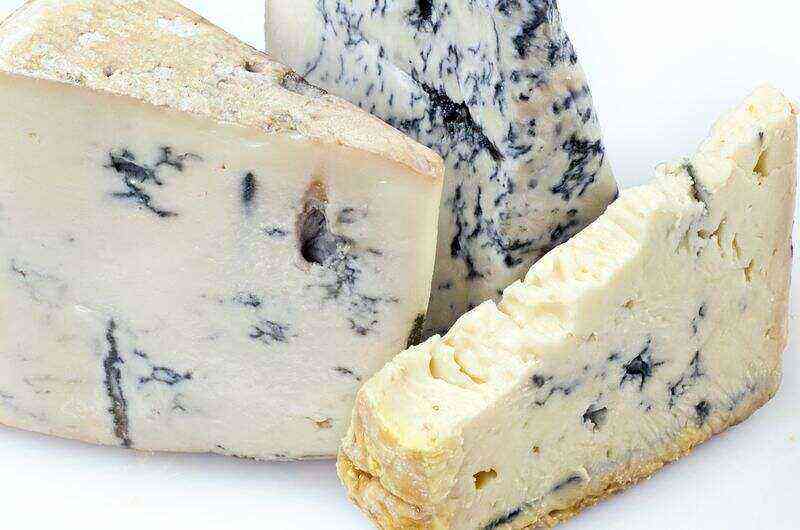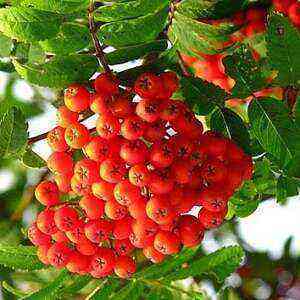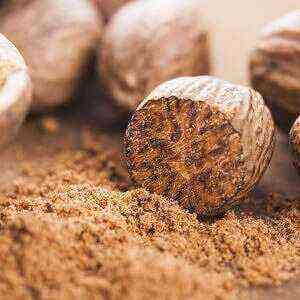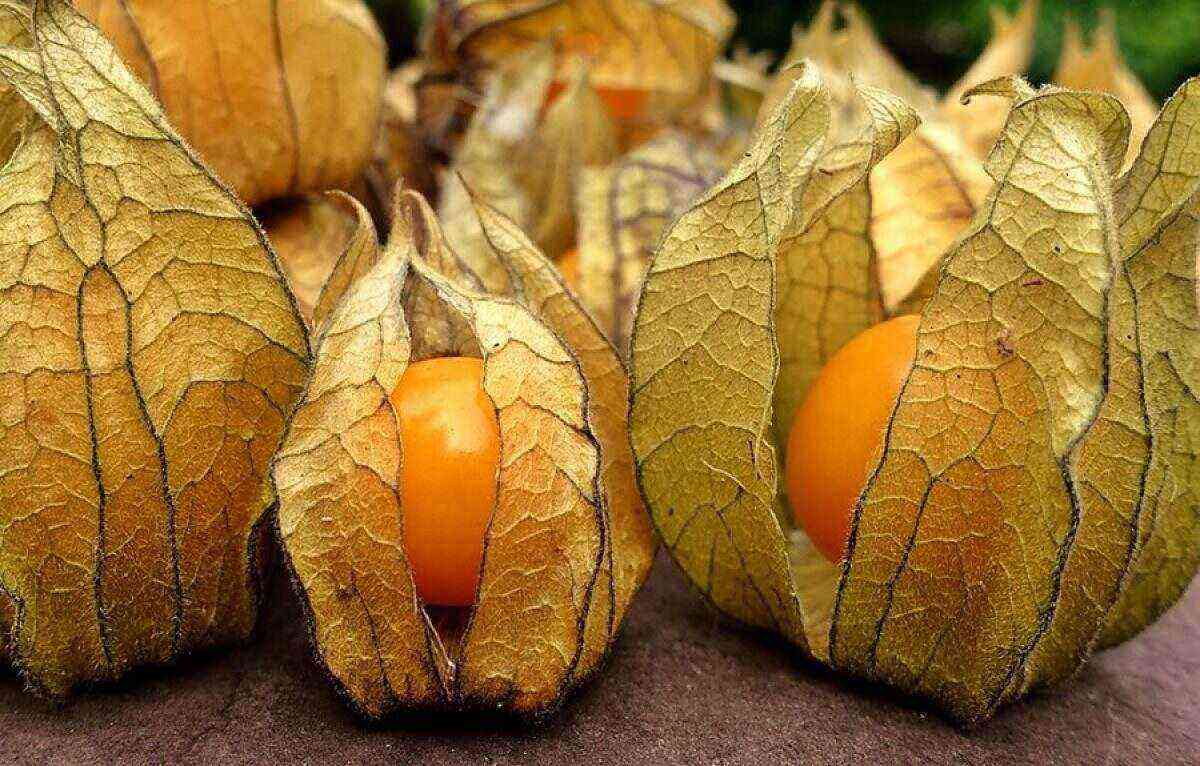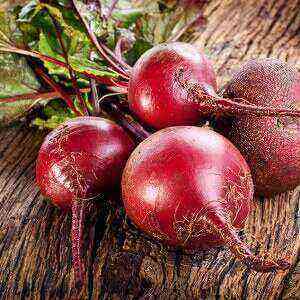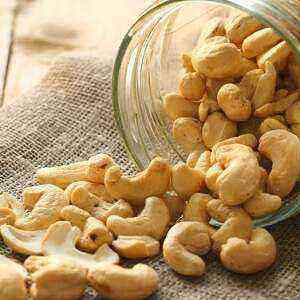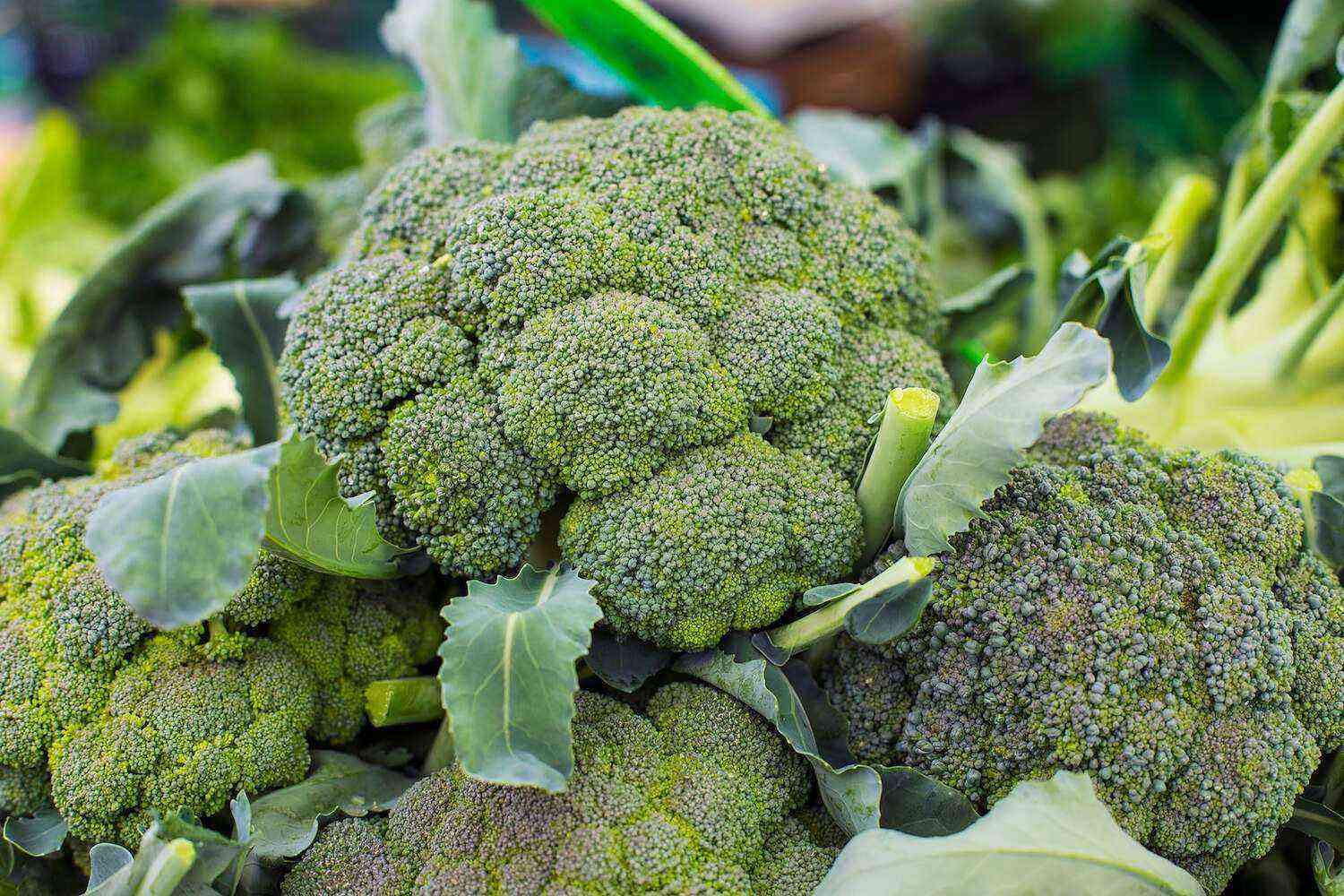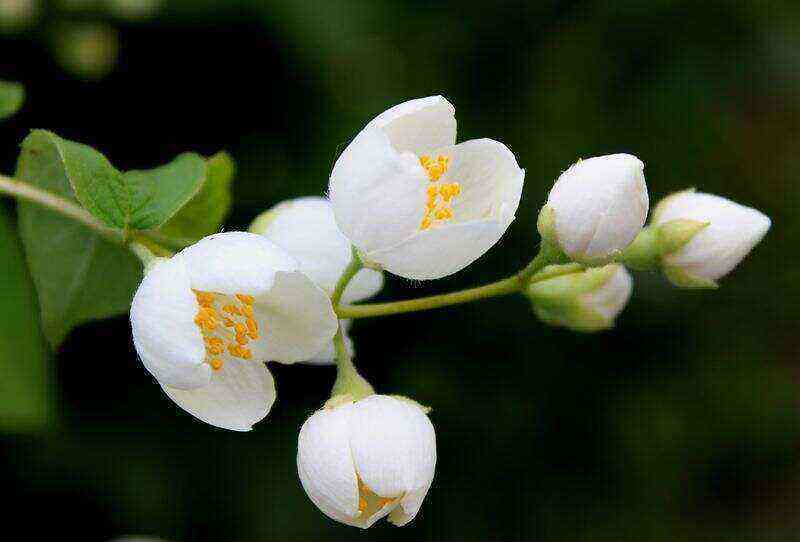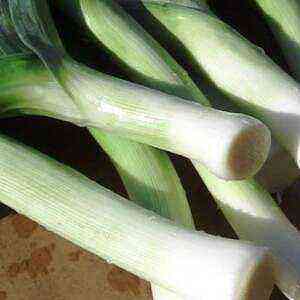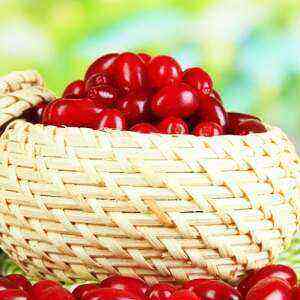
What is dogwood?
This shrub entered human life several thousand years ago. The appearance of the plant is usually associated with Eastern Europe and Asia Minor, from where ancient merchants delivered tasty and juicy berries to other parts of the world. Botanists talk about the existence of more than 50 species of dogwood. Most often, this culture forms into a shrub, but under certain conditions it can be a sturdy tree, reaching up to 8 meters in height. This culture is especially widespread in the Crimea and the Caucasus. More often found in mountainous areas, but often grows on the outskirts of forests and river banks. Also used as an ornamental crop.
Its oblong drupes resemble a slightly flattened currant or cranberry with a smooth skin, juicy flesh and a firm bone inside. Ripe berries are often red, but can be purple and even almost black. The sweet and sour taste and unique aroma derived from the rich content of essential oils at one time made the berries one of the most popular. Today they are consumed raw, candied, canned, dried.
In our times, the number of supporters of healthy and healthy food is only growing. People remember the healing fruits that regularly appeared in the diet of our great-grandmothers. The modern man looked at the dogwood in a new way. In recent years, this plant is more often used as an ornamental. Its strong and dense branches are ideal for the formation of a lush hedge, which looks very elegant in the flowering period of the shrub. This culture looks no less beautiful at the end of summer and autumn, when the bush is poured on berries of all shades of red – from scarlet to deep burgundy, which also have many therapeutic properties.
Health benefits
Not only cornel berries have healing properties, but also its flowers, leaves and bark of young branches.
Dogwood is known in folk medicine as a means to strengthen the liver and kidneys. It is used as a diuretic, antibacterial and antifungal agent, as well as a natural preparation for lowering blood pressure. The substances contained in dogwood activate metabolic processes and the metabolism of fats, which makes the berries useful for people who want to lose weight. It is also known that a handful of red sour berries will help improve mood, as it affects the brain cells responsible for the emotional state.
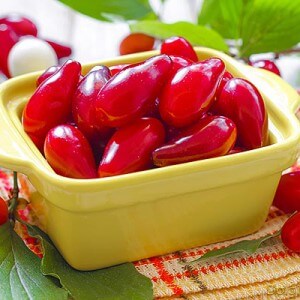
- scurvy;
- gout;
- anemia;
- fevers;
- influenza;
- scarlet fever;
- measles;
- arthritis;
- hemorrhoids;
- jade;
- skin diseases.
Medicinal properties of berries
Fruits are useful during colds and indigestion (including those caused by overeating). With antibacterial properties, dogwood is useful for treating dysentery and typhoid fever. Thanks to the presence of pectin, fresh and dried berries help to remove toxins and toxins from the body. A rich mineral and vitamin composition will help normalize the work of the heart, the blood supply to the brain. For this reason, berries are often recommended for people with headaches and for the treatment of the early stages of multiple sclerosis. Fresh fruits are useful for strengthening the walls of blood vessels and preventing thrombophlebitis. Iron-rich berries are useful for increasing hemoglobin and improving oxygen transport throughout the body. Ripe dogwood is recommended for women prone to heavy menstrual bleeding, as well as people suffering from insomnia and chronic fatigue. And recent studies have shown that fresh berries contain anthocyanins with antitumor abilities, as well as affecting insulin secretion.
An infusion of fresh berries is useful as a means to strengthen the immune system (it is prepared for: 1 a tablespoon of berries per cup of boiling water, drink one glass per day, divided into several portions).
 Healing properties of leaves, bark and flowers
Healing properties of leaves, bark and flowers
Dogwood leaves, which are wrapped around the affected areas, will help get rid of dermatitis, eczema and rashes of various origins. A decoction of the leaves is also used as a diuretic and choleretic agent, as a medicine for ringworm. Tea is useful for acute diarrhea and fever. By the way, tea from the flowers of the plant has similar abilities. Baths of a decoction of leaves and bark relieve joint pain in arthritis and rheumatism, a decoction of the bark (4 tablespoons per liter of water) is used as a remedy for hemorrhoids.
The healing properties of pits
Bones from dogwood berries also have healing properties. In folk medicine, a decoction of them was given to people with mental disorders, as well as a sedative.
Medicinal properties of dried fruits
Dried fruits retain almost all the valuable properties of fresh berries.

By the way, properly dried ripe berries can retain their cured properties for 3 years.
The chemical composition of berries
These bright berries contain a large amount of vitamins and only 40 kcal per 100 g. The main advantage is a rich composition of macro- and microelements, flavonoids, phytoncides, organic acids (including malic, citric, succinic), antioxidants, biostimulants, pectin, tannins and sugar. Dogwood is a good source of potassium, magnesium, iron, calcium and some other minerals.
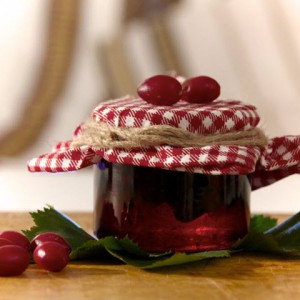
Warning
Because of the rather high concentration of acids, the berries are not recommended for people with high acidity of the stomach, gastric ulcer and duodenal ulcer, as well as in some forms of gastritis. At the same time, it is equally undesirable to use fresh berries, dried fruits, juice, and dogwood jam.
How to use dogwood
One of the most popular recipes of the century before last is tincture of dogwood berries. This slightly sour coral-colored alcoholic drink retained all the beneficial properties of fresh berries. For its preparation, only ripe berries, sugar and alcohol (or vodka) were taken. After 6 months of aging, the vitamin is ready to drink. These berries also produce delicious juices, syrups, jams, preserves. They are added to pies, cereals, a variety of desserts.
To pick berries should be in the late fall. With the onset of the first cold weather, the fruits become softer, more fragrant and with a more pronounced taste.
 Old recipe cornelian liqueur
Old recipe cornelian liqueur
You will need 250 of ripe cornel fruit, 70 percent alcohol (250 ml) and 250 of sugar. Wash berries, pierce and crush a little, pour with alcohol and leave for a few weeks in a warm place. Drain the alcohol, and fill the berries with sugar, cover with gauze, folded in several layers, and leave to warm for several days (from time to time, shake the jar of contents). Strain through a sieve, mix the resulting syrup with alcohol tincture and again leave at least 2 weeks. After this time, filter the liquid (through gauze) and leave the drink to stand (the longer – the better).
Dogwood Jam
On 1 kg of berries, you will need 2 kg of sugar. Wash berries, remove bones from them. From 500 ml of water and sugar, boil a syrup, which pour berries and leave for 2 hours. After bringing the mixture to a boil, reduce heat and simmer until the berries become translucent. Hot jam poured into jars.
 Healing Tea
Healing Tea
A teaspoon (with a slide) of dried fruits should be poured with a glass of boiling water, cover, wrap and infuse for at least 15 minutes. Drink to strengthen the body, improve the functioning of the digestive organs, with colds.
Tincture of leaves
Mix 50 g of crushed leaves and 250 ml of alcohol. Insist 15 days. Drink three times a day for 10-15 drops. This medicine has all the beneficial properties of dogwood.
How to Grow Dogwood
This leafy shrub is easy to grow from the seed.
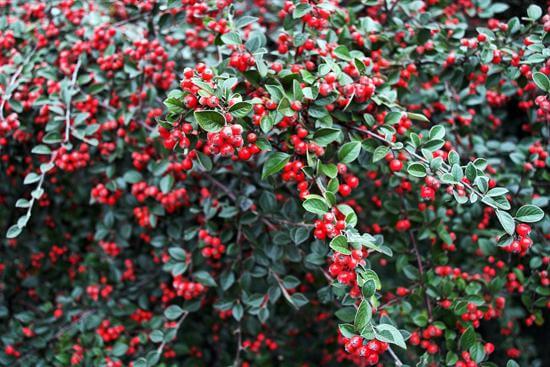
As a rule, dogwood grows in all types of soil, including sandy, loamy and clay, but regularly requires moisture. This culture is well developed both in direct sun and in light shade. It tolerates frosts. Additional feeding is not required.
According to some sources, even 7 thousands of years ago, dogwood was a component of the diet of the ancient inhabitants of Europe and Asia. He was loved for his pleasant taste and healing properties. For several centuries, this culture has been forgotten. But the return “to the sources” gave the dogwood a new life. And modern phytotherapists are increasingly recalling this amazing plant with healing bright red berries.
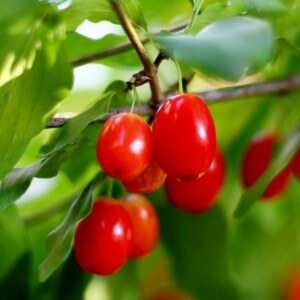 Healing properties of leaves, bark and flowers
Healing properties of leaves, bark and flowers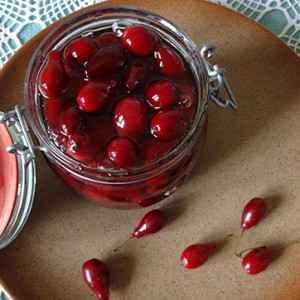 Old recipe cornelian liqueur
Old recipe cornelian liqueur